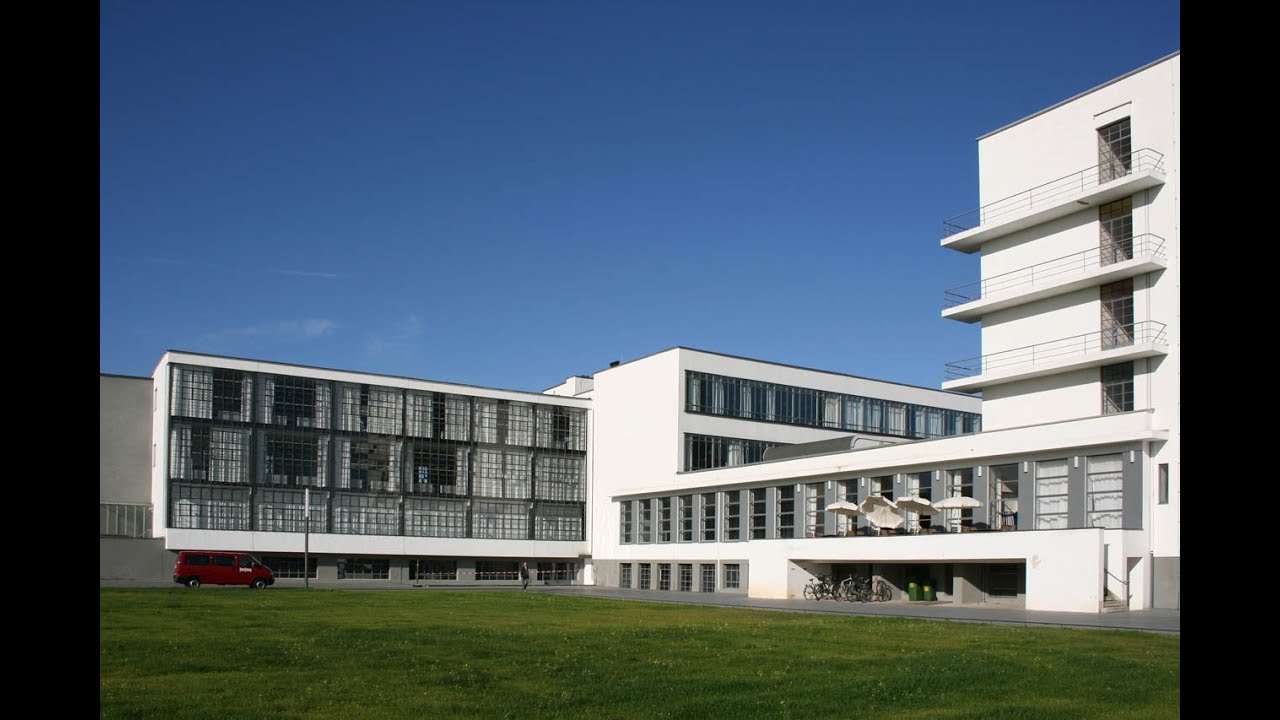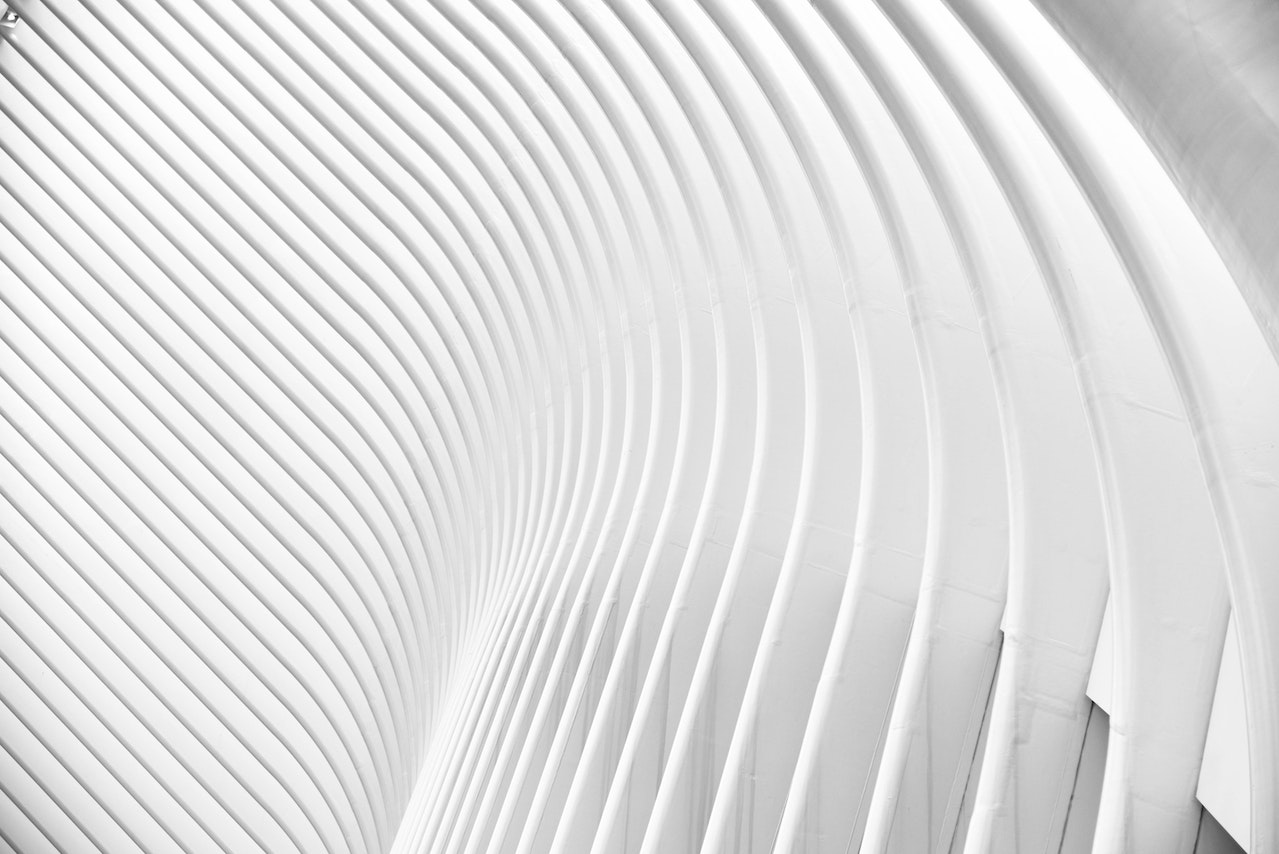The History Of Modern Architecture - Discovering The Key Movements And Styles Of Modern Architecture
In this article, we will explore the history of modern architecture and examine some of its key features, movements, and buildings. Modern architecture is a term that describes the design and style of buildings that were built between the end of the 19th century and the mid-20th century. This period was marked by major shifts in technology, society, and culture, which influenced the way architects approached their designs and the materials they used.
Author:George EvansMar 06, 202356K Shares1.2M Views

In this article, we will explore the history of modern architectureand examine some of its key features, movements, and buildings. Modern architectureis a term that describes the design and style of buildings that were built between the end of the 19th century and the mid-20th century.
This period was marked by major shifts in technology, society, and culture, which influenced the way architects approached their designs and the materials they used.
The Emergence Of Modern Architecture
The history of modern architecture is often traced back to the Industrial Revolution of the late 19th and early 20th centuries. This period saw significant advances in technology and materials, which allowed architects to create buildings with new forms, shapes, and structures.
For example, the invention of reinforced concrete made it possible to build taller and more complex buildings, while the development of new construction techniques, such as the steel frame, opened up new possibilities for architects.
At the same time, the cultural and social changes of the time, such as the rise of cities and the growth of the middle class, created new demands for buildings. This led to the creation of new building types, such as apartment buildings and office buildings, which became the dominant forms of architecture during this period.
The History Of Modern Architecture And International Style
One of the most significant movements in modern architecture is the International Style. This movement, which emerged in the 1920s and 1930s, was characterized by a sleek and minimalist aesthetic that was defined by the use of simple geometric shapes, such as rectangles and circles, and a focus on functionality.
Architects working in this style sought to create buildings that were functional, efficient, and easy to maintain, while also being aesthetically pleasing. Some of the key architects associated with the International Style include Le Corbusier, Mies van der Rohe, and Walter Gropius, who all had a significant impact on the development of modern architecture.
Their designs, which often featured flat roofs, large windows, and an emphasis on horizontal lines, became widely influential and were adopted by architects all over the world.
Mid-Century Modernism
Another important movement in modern architecture is Mid-Century Modernism, which emerged in the 1940s and 1950s. This movement was characterized by a more organic and sculptural approach to design, as well as an interest in natural materials and a focus on the environment.
Architects working in this style sought to create buildings that were in harmony with their surroundings and that incorporated elements of nature, such as the use of wood, stone, and glass, into their designs.
One of the most famous architects associated with Mid-Century Modernism is Frank Lloyd Wright, who is widely regarded as one of the greatest architects of the 20th century. Wright's designs, which often featured bold, sculptural forms and an emphasis on natural materials, had a significant impact on the development of modern architecture and continue to influence architects today.
The Legacy Of Modern Architecture
The history of modern architecture has had a lasting impact on the world of architecture. The buildings and designs of modernist architects continue to inspire architects and designers today, and many of the key features and principles of modern architecture, such as a focus on functionality and simplicity, have become central to the practice of architecture.
Key Features Of Modern Architecture
Modern architecture is characterized by a number of key features that set it apart from other architectural styles. Some of the most notable features of modern architecture include:
Simple Geometric Shapes
Modern architects often favored simple, clean geometric shapes, such as rectangles and circles, in their designs. These shapes were seen as functional, efficient, and aesthetically pleasing, and were used to create buildings that were both functional and visually striking.
Emphasis On Functionality
Functionality was a key principle of modern architecture, and modern architects sought to create buildings that were efficient and easy to use. This was reflected in the use of open floor plans, large windows, and a focus on accessibility and convenience.
Use Of New Materials And Construction Techniques
The development of new materials, such as reinforced concrete and the steel frame, and new construction techniques allowed modern architects to create buildings that were stronger, taller, and more complex than those of the past. This paved the way for new forms and shapes in architecture and opened up new possibilities for architects.
Minimalism
Modern architects often favored a minimalist aesthetic, which was defined by the use of simple forms and a lack of ornamentation. This was seen as a reflection of the focus on functionality and efficiency, as well as an expression of the cultural and social values of the time.
The Impact Of Technology On Modern Architecture
Technology played a major role in shaping the look and feel of modern architecture. The advances in materials, construction techniques, and other technologies allowed architects to create buildings that were taller, stronger, and more complex than ever before.
One of the key technological innovations of the modernist era was the development of reinforced concrete, which allowed architects to create buildings with large open spaces and complex structures.
The invention of the steel frame also paved the way for new forms and shapes in architecture, and allowed architects to create buildings that were both tall and lightweight. These technological advances had a profound impact on the world of architecture and allowed modern architects to create buildings that were both functional and aesthetically striking.

Bauhaus : A History Of Modern Architecture
The Influence Of Society And Culture On Modern Architecture
The late 19th and early 20th centuries were marked by significant social and cultural changes, including the rise of cities and the growth of the middle class. These changes created new demands for buildings and influenced the development of modern architecture.
For example, the growth of cities and the rise of the middle class created new demands for apartment buildings and office buildings, which became the dominant forms of architecture during this period.
At the same time, cultural values and attitudes, such as a focus on efficiency and a rejection of traditional forms and ornamentation, also shaped the development of modern architecture.
Notable Buildings And Architects Of The Modernist Era
The modernist era produced some of the most influential and important architects and buildings of the 20th century. Some of the most notable architects of the modernist era include Le Corbusier, Mies van der Rohe, and Walter Gropius, who all had a significant impact on the development of modern architecture.
Some of the most famous buildings of the modernist era include Le Corbusier's Villa Savoye, Mies van der Rohe's Barcelona Pavilion, and Frank Lloyd Wright's Fallingwater. These buildings are widely regarded as masterpieces of modern architecture and continue to inspire architects and designers today.
The Criticism Of Modern Architecture
While modern architecture has been widely celebrated for its innovation and creativity, it has also been the subject of criticism. Some have argued that modern architecture is too minimal, lacking in ornamentation and historical references and that its focus on functionality and efficiency has resulted in a cold and impersonal aesthetic.
Critics have also argued that modern architecture ignored traditional forms and styles and that it did not take into account the cultural and historical context of the buildings it produced. This has led to claims that modern architecture is divorced from tradition and that it fails to reflect the cultural and historical heritage of the places in which it is built.
Despite these criticisms, however, modern architecture remains a highly influential and important style and continues to be widely studied and celebrated.
People Also Ask
What Is Modern Architecture?
Modern architecture is a style of building design that emerged in the early 20th century, characterized by a focus on functionality, efficiency, and the use of new materials and construction techniques.
Who Are Some Notable Architects Of Modern Architecture?
Some of the most notable architects of modern architecture include Le Corbusier, Mies van der Rohe, and Walter Gropius.
What Are Some Key Features Of Modern Architecture?
Some key features of modern architecture include simple geometric shapes, a focus on functionality, the use of new materials and construction techniques, and a minimalist aesthetic.
Conclusion
In conclusion, the history of modern architecture is a fascinating story of innovation and creativity, marked by major shifts in technology, society, and culture. From the sleek and minimalist aesthetic of the International Style to the organic and sculptural approach of Mid-Century Modernism, the history of modern architecture provides a window into the minds of some of the greatest architects of the 20th century and offers insight into the evolution of the built environment.
Jump to
The Emergence Of Modern Architecture
The History Of Modern Architecture And International Style
Mid-Century Modernism
The Legacy Of Modern Architecture
Key Features Of Modern Architecture
The Impact Of Technology On Modern Architecture
The Influence Of Society And Culture On Modern Architecture
Notable Buildings And Architects Of The Modernist Era
The Criticism Of Modern Architecture
People Also Ask
Conclusion

George Evans
Author
George Anderson, an exceptional architectural designer, envisions and brings to life structures that transcend the realm of imagination. With an unwavering passion for design and an innate eye for detail, George seamlessly blends form and function, creating immersive spaces that inspire awe.
Driven by a deep appreciation for the interplay of space, light, and materials, George's innovative approach redefines the possibilities of architectural design. His visionary compositions leave an indelible mark, evoking a sense of wonder and transforming the built environment.
George Anderson's transformative designs and unwavering dedication continue to shape the architectural landscape, pushing the boundaries of what is possible and inspiring generations to come.
Latest Articles
Popular Articles
